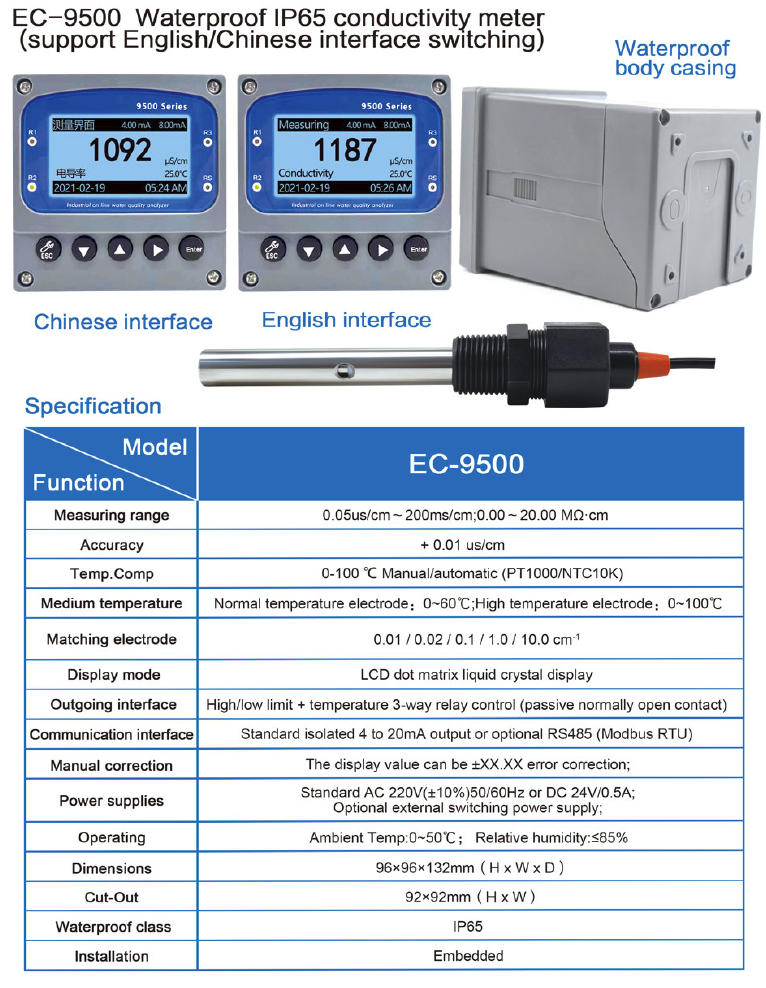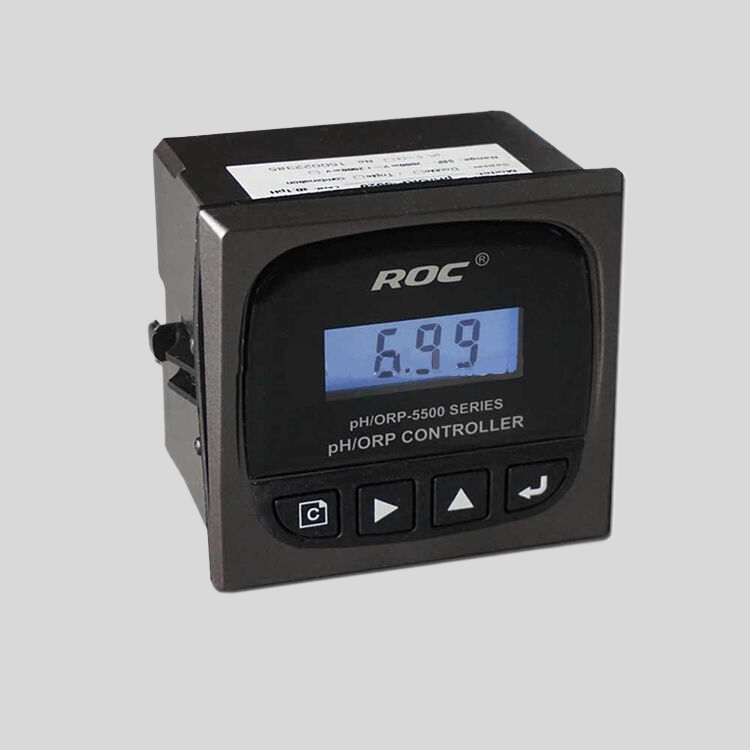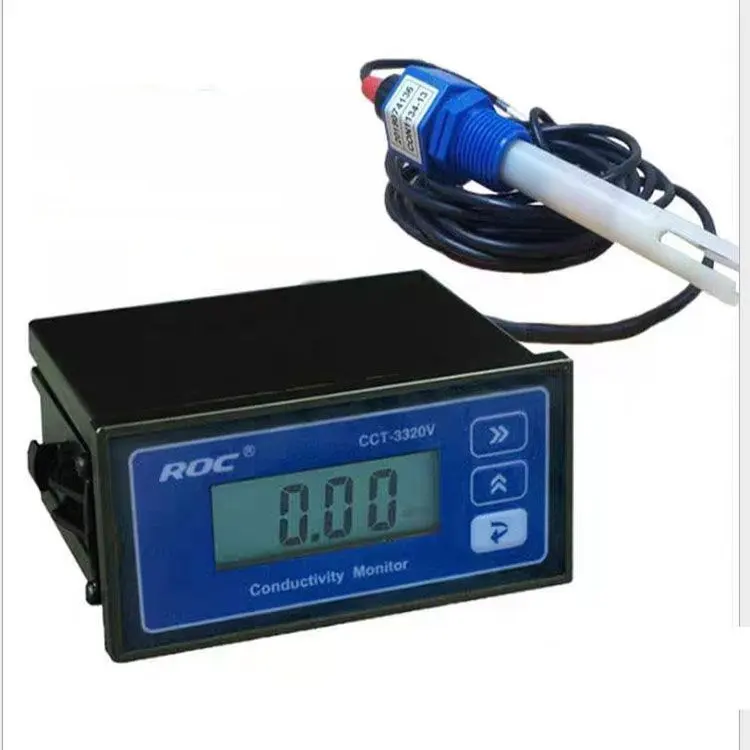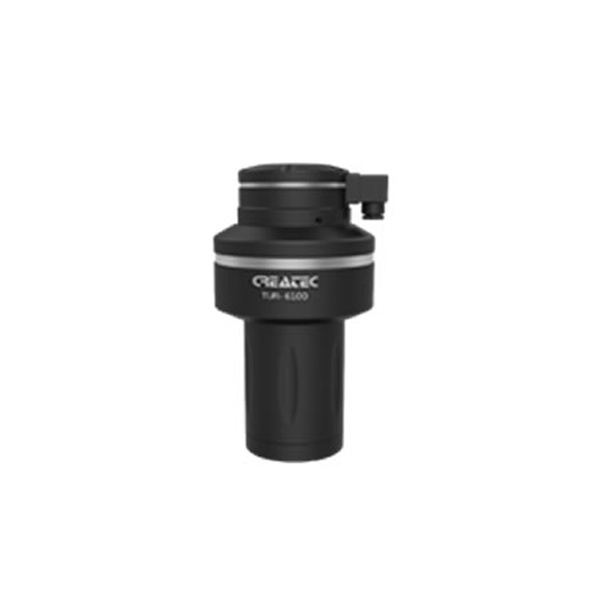Table of Contents
Benefits of Using a conductivity meter for Water Quality Testing
Conductivity meters are essential tools for measuring the electrical conductivity of water, which is a key indicator of water quality. These devices are widely used in various industries, including agriculture, environmental monitoring, and water treatment. In this article, we will discuss the benefits of using a conductivity meter for water quality testing.
One of the primary benefits of using a conductivity meter is its ability to provide accurate and reliable measurements. Unlike traditional methods of water quality testing, such as chemical analysis, conductivity meters offer real-time data that is not affected by external factors. This allows for quick and efficient monitoring of water quality, which is crucial for ensuring the safety of drinking water and the health of aquatic ecosystems.
Another advantage of conductivity meters is their ease of use. These devices are typically portable and user-friendly, making them ideal for fieldwork and on-site testing. With just a few simple steps, users can obtain precise conductivity readings that can be used to assess the overall quality of water. This convenience and accessibility make conductivity meters a valuable tool for researchers, environmentalists, and water treatment professionals.
| Model | CCT-8301A Conductivity/Resistivity/TDS/TEMP Online Controller |
| Constant | 0.01cm-1, 0.1 cm-1, 1.0cm-1, 10.0 cm-1 |
| Conductivity | (500~100,000)uS/cm,(1~10,000)uS/cm, (0.5~200)uS/cm, (0.05~18.25) M\\u03a9\\u00b7cm |
| TDS | (250~50,000)ppm, (0.5~5,000)ppm, (0.25~100)ppm |
| Medium Temp. | (0~180)\\u00b0C(Temp.Compensation: Pt1000) |
| Resolution | Conductivity: 0.01uS/cm, 0.01mS/cm; Resistivity: 0.01M\\u03a9\\u00b7cm; TDS:0.01ppm, Temp.: 0.1\\u2103 |
| Accuracy | Conductivity: 1.5%(FS), Resistivity:2.0%(FS), TDS: 1.5%(FS), Temp.: +/-0.5\\u2103 |
| Temp. compensation | With25\\u00b0C as standard under normal medium; With 90C as standard under high temp medium |
| Communication port | RS485 Modbus RTU protocol |
| Analog output | Double channel (4~20)mA. Instrument/Transmitter for selection |
| Control Output | Triple channels photo-electronic semiconductor relay switch, Load capacity: AC/DC 30V,50mA(max) |
| Working Environment | Temp.(0~50)\\u2103; relative humidity <95%RH (non-condensing) |
| Storage Environment | Temp.(-20~60)\\u2103;Relative Humidity \\u226485%RH (none condensation) |
| Power Supply | DC24V+/-15% |
| Protection Level | IP65 (with the back cover) |
| Dimension | 96mmx96mmx94mm(HxWxD) |
| Hole Size | 9lmmx91mm(HxW) |
In addition to their accuracy and ease of use, conductivity meters are also cost-effective. Traditional methods of water quality testing can be time-consuming and expensive, requiring specialized equipment and chemicals. Conductivity meters, on the other hand, are relatively affordable and require minimal maintenance. This makes them a practical choice for organizations with limited resources or budgets.
Furthermore, conductivity meters are versatile tools that can be used to measure a wide range of water quality parameters. In addition to conductivity, these devices can also measure parameters such as total dissolved solids (TDS), salinity, and temperature. This multi-functionality allows users to gather comprehensive data on water quality, which can be used to identify potential contaminants and assess the overall health of aquatic environments.

One of the key benefits of using a conductivity meter is its ability to detect changes in water quality over time. By regularly monitoring conductivity levels, users can track trends and identify potential issues before they escalate. This proactive approach to water quality testing can help prevent contamination and ensure the long-term sustainability of water resources.
Overall, conductivity meters are invaluable tools for assessing water quality and ensuring the safety of drinking water. Their accuracy, ease of use, cost-effectiveness, and versatility make them a preferred choice for researchers, environmentalists, and water treatment professionals. By investing in a high-quality conductivity meter, organizations can effectively monitor water quality, protect aquatic ecosystems, and safeguard public health.
How to Choose the Best Conductivity Meter for Your Needs
When it comes to measuring the conductivity of a solution, having the right conductivity meter is essential. Conductivity meters are used in a variety of industries, including water treatment, food and beverage production, and pharmaceutical manufacturing. With so many options available on the market, it can be overwhelming to choose the best conductivity meter for your specific needs. In this article, we will discuss some key factors to consider when selecting a conductivity meter to ensure you get the most accurate and reliable results.
One of the first things to consider when choosing a conductivity meter is the type of solution you will be measuring. Different solutions have different conductivity levels, so it is important to select a meter that can accurately measure the conductivity of the solution you are working with. Some meters are designed specifically for low conductivity solutions, while others are better suited for high conductivity solutions. Make sure to choose a meter that is appropriate for the type of solution you will be testing.
Another important factor to consider is the accuracy of the conductivity meter. The accuracy of a meter is typically expressed as a percentage of the full scale reading. For most applications, a meter with an accuracy of +/- 1% is sufficient. However, if you require very precise measurements, you may want to consider a meter with a higher level of accuracy. Keep in mind that higher accuracy meters are typically more expensive, so it is important to balance your need for accuracy with your budget.
In addition to accuracy, it is also important to consider the range of conductivity that the meter can measure. Some meters are designed to measure a wide range of conductivity levels, while others are more limited in their range. Make sure to choose a meter that can accurately measure the conductivity levels of the solutions you will be working with. If you work with solutions that have a wide range of conductivity levels, you may want to consider a meter with automatic ranging capabilities, which can adjust the measurement range based on the conductivity of the solution.
Another important consideration when choosing a conductivity meter is the ease of use. Look for a meter that is user-friendly and easy to operate. Some meters have advanced features that may be unnecessary for your specific needs, so it is important to choose a meter that has the features you need without being overly complicated. Consider factors such as the size and readability of the display, the ease of calibration, and the durability of the meter.
Finally, consider the brand and reputation of the conductivity meter manufacturer. Look for a reputable manufacturer with a history of producing high-quality, reliable meters. Reading reviews from other users can also help you determine the reliability and accuracy of a particular meter. By considering all of these factors, you can choose the best conductivity meter for your specific needs and ensure that you get accurate and reliable measurements every time.






